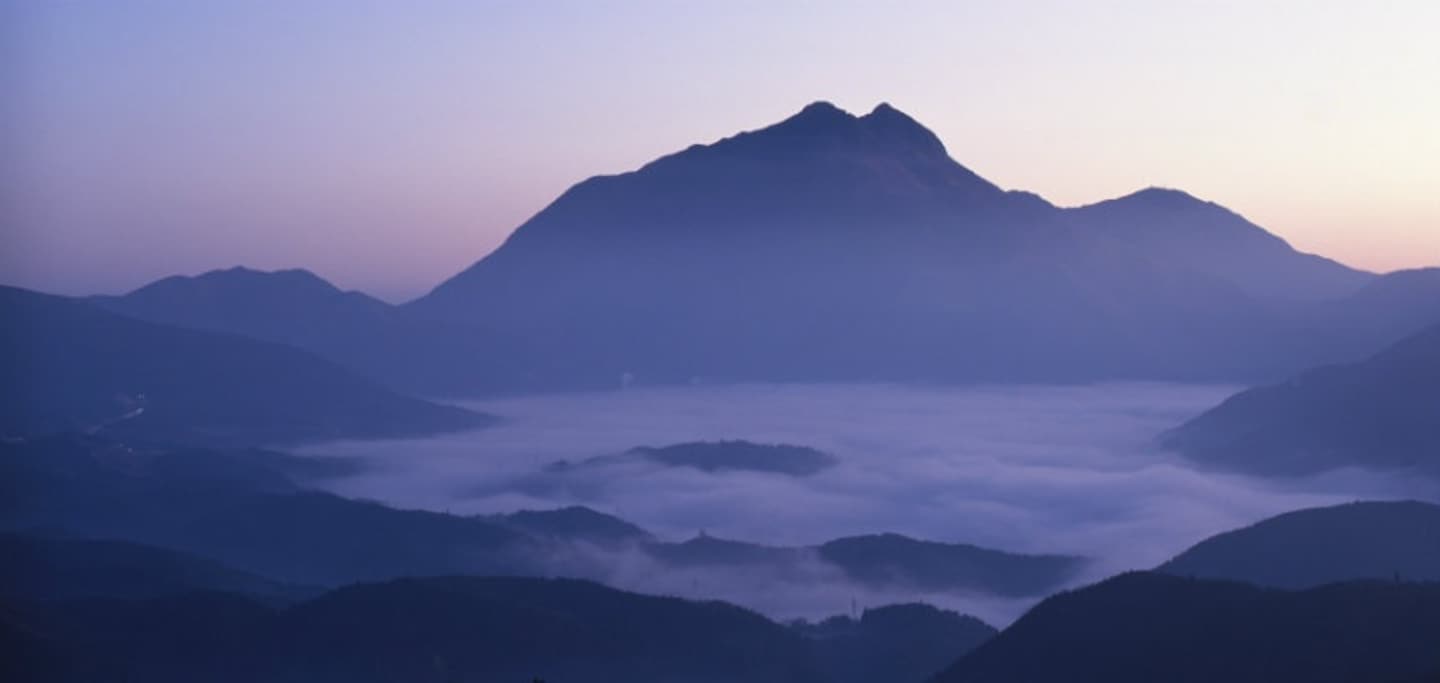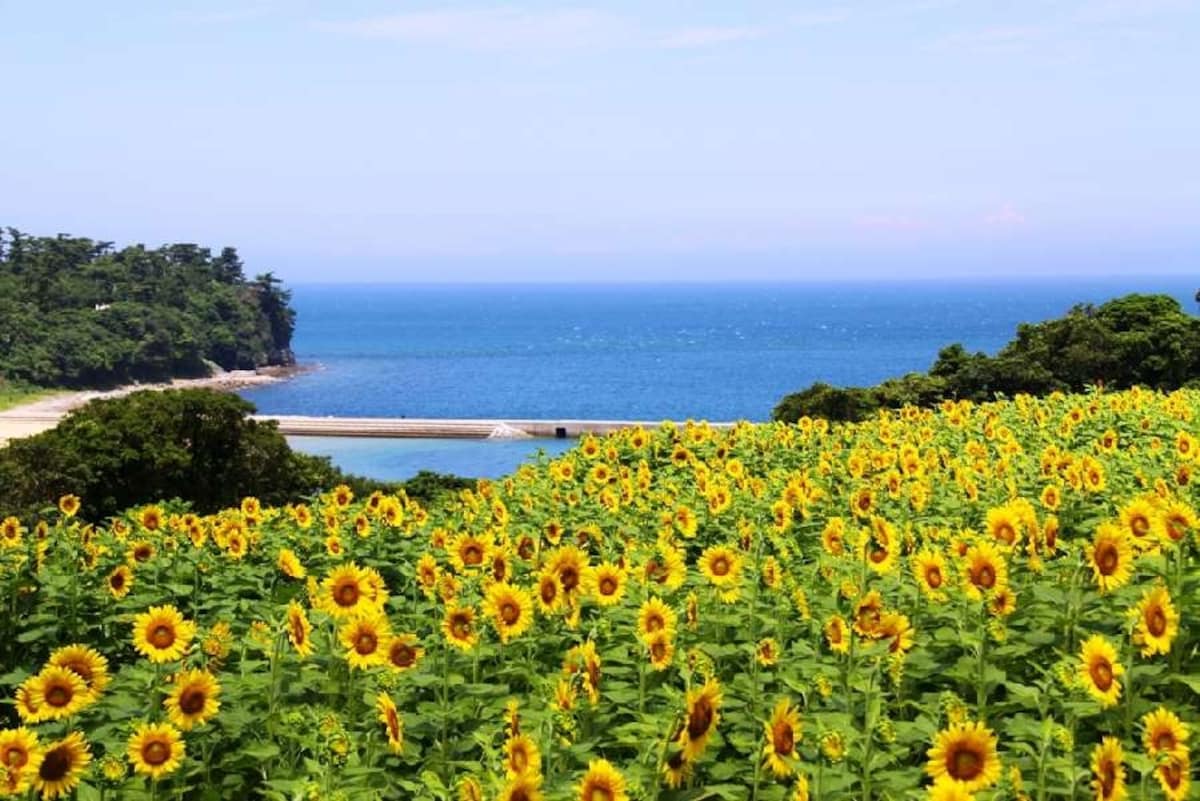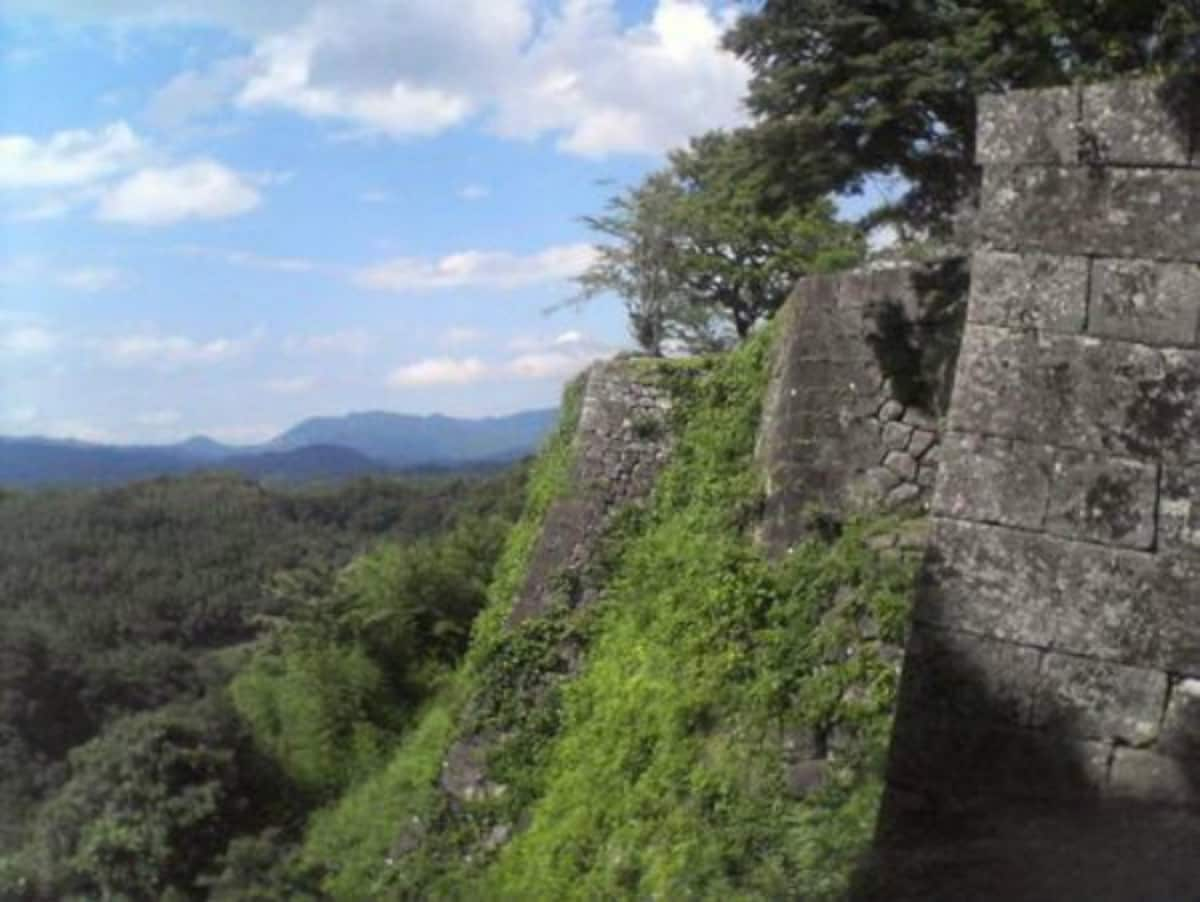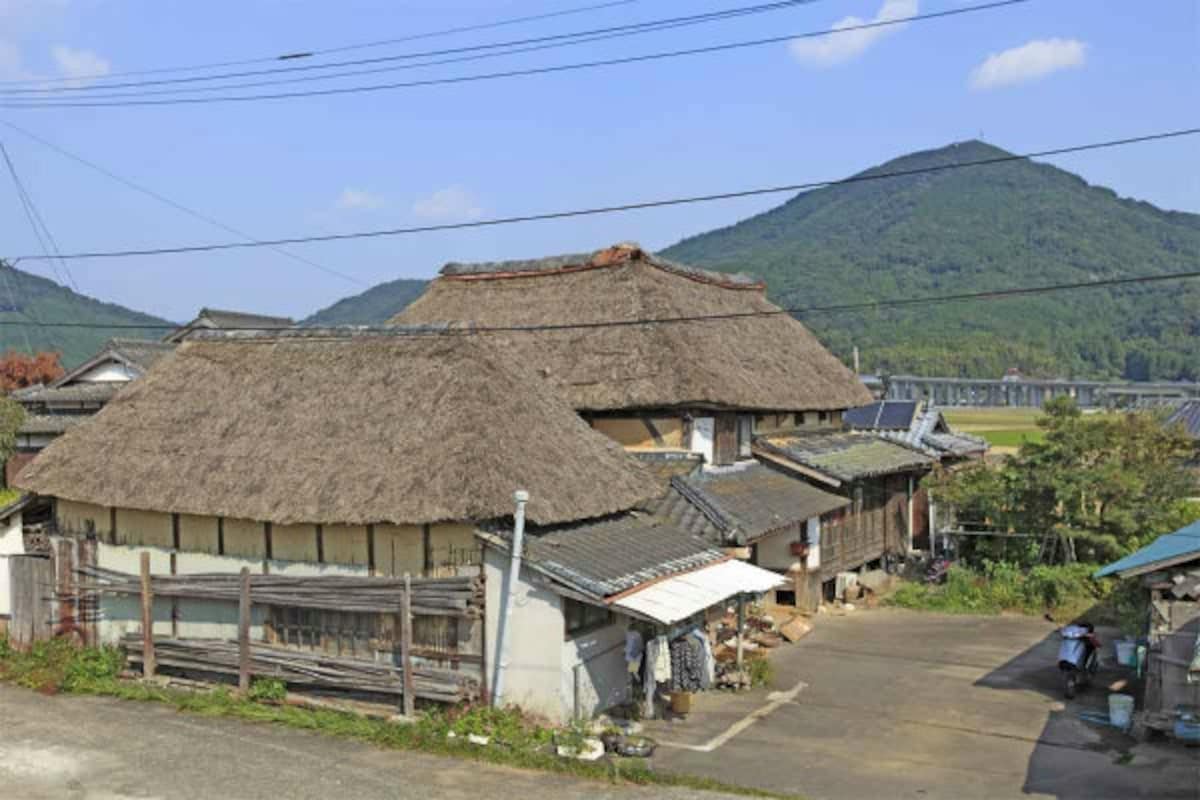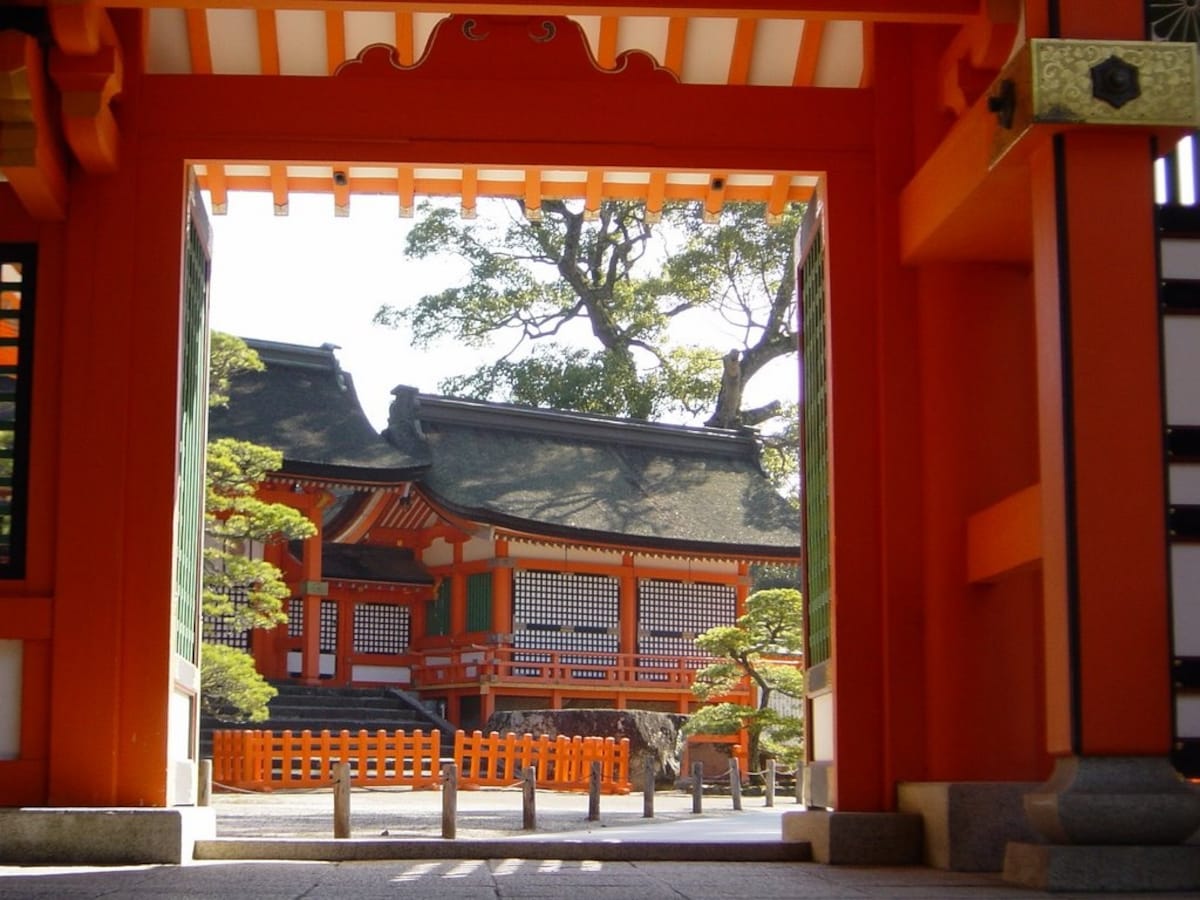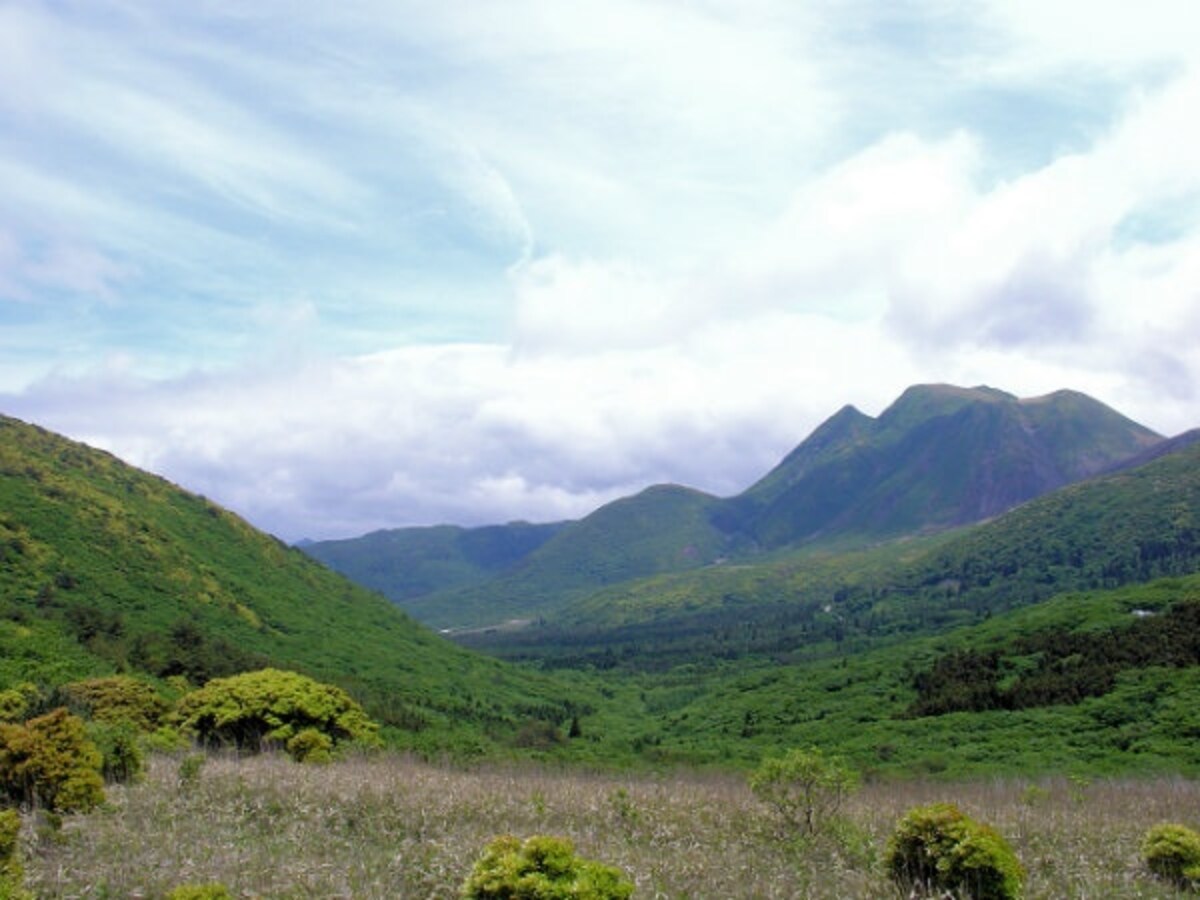What's Japan's Best Rural Area to Live in?
After spending enough time in the concrete jungles of Japan’s major metropolises, anyone can find themselves thinking about packing up and moving someplace where the horizon is dotted with forests instead of skyscrapers. Before you start packing up your bags, though, you might want to consult publisher Takarajima-sha.
By SoraNews24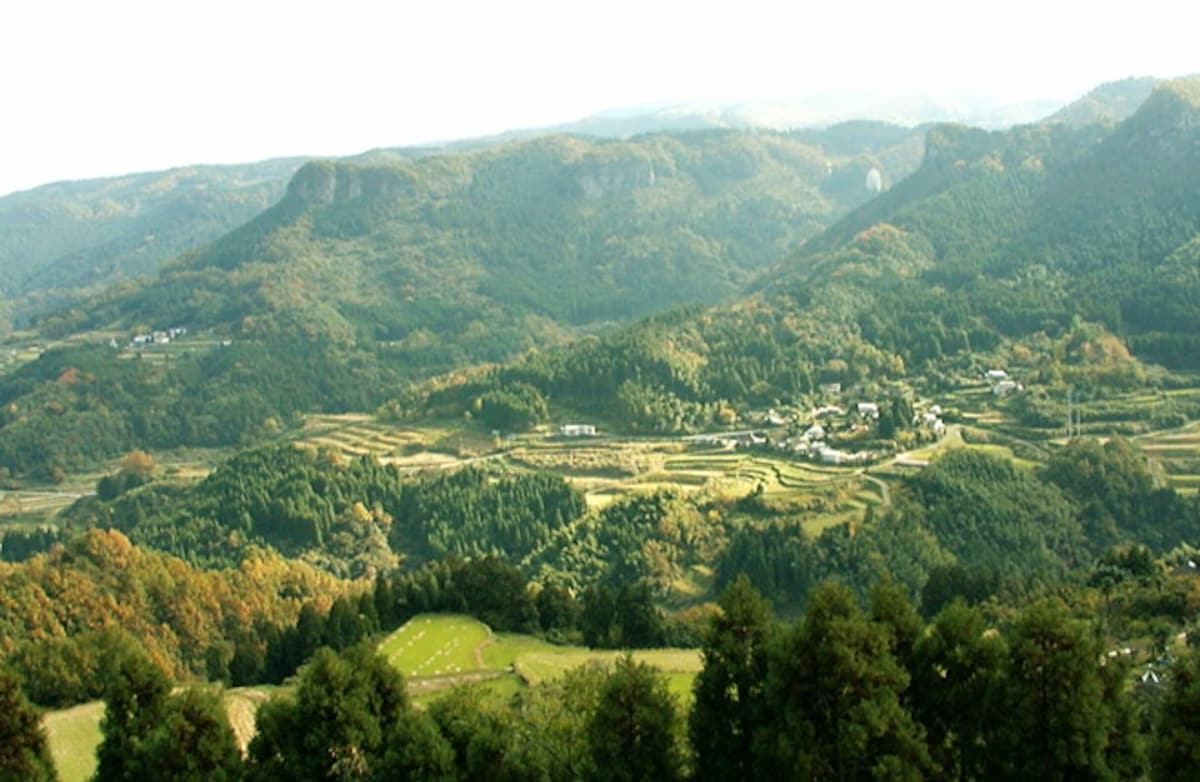
http://www.yado.co.jp/kankou/ooita/yabakei/nisis_fuukei/nisis_fuukei.htm
In January 2014, the publishing giant released the results of a survey on which bucolic town people in Japan would most like to move to. Starting with a list of 137 candidate cities, Takarajima asked participants 70 questions in seven categories related to the natural environment, support systems for new arrivals and child-rearing issues. Questions about help for job seekers, healthcare facilities and transportation infrastructure were included as well.
Although there are large patches of rural communities on each of Japan’s four main islands, the runaway winner was the southern island of Kyushu. All four of the highest ranked cities were located there, with the two towns tied for third, Bungotakada and Taketa, both located in Oita Prefecture.
3. Bungotakada (Oita—tie)
Bungotakada received high marks as a place to raise a family, with respondents praising its educational and housing support systems. Parts of this town of less then 30,000 residents have even been modeled in an attempt to preserve the relaxed atmosphere of the 1950s and ‘60s.
3. Taketa (Oita—tie)
Located in the southwest corner of the same prefecture, Taketa’s historical vibe stretches back even further with its connection to Rentaro Taki, one of Japan’s most beloved composers from the beginning of the 20th century. Taki, whose life was tragically cut short by tuberculosis at the age of 23, was inspired by the ruins of Taketa’s Oka Castle when creating his best-known song, Kojo no Tsuki (The Moon Over the Ruined Castle).
In more modern times, Taketa has seen a stream of craftsmen moving to the city, sparking a mini-renaissance in fabric dying, woodworking and paper craft. Recent arrivals have also expressed their appreciation for the town’s consultation counter for those who have just moved to the city, which is open on weekends. Even more impressive, the city has also opened an office in Tokyo to assist those thinking of moving from Japan’s largest city to 25,000-person Taketa.
2. Takeo (Saga)
Takeo is a little bigger than the two previous entries, with a population of 50,000 people. However, the loss in solitude is offset by a gain in convenience, as Takeo is just 50 minutes from Ariake Saga Airport, as well as an hour from Fukuoka Airport and the high-speed Shinkansen rail service that runs through Fukuoka City’s Hakata Station.
Takeo has also received a bit of recent media attention for its collaboration with national video rental and bookstore chain Tsutaya, which has been involved in keeping the local library well-stocked, plus the local government’s push for greater interaction with citizens through the city’s official Facebook page. New arrivals can look forward to the support of four city employees to help them settle in, as well as a non-profit organization involved in restoring traditional Japanese-style houses for new owners.
1. Usa (Oita)
Finally, the top of the list takes us back to Oita Prefecture and Usa City. Like Taketa, Usa can claim significant cultural and historical value. Its Usa Jingu serves as the head shrine for the 400,000 branches scattered throughout Japan dedicated to the Shinto deity Hachiman.
Other local attractions include the ruins of Teruoka Castle, as well as the boyhood home of Futabayama, a grand champion sumo wrestler of the 1930s and ‘40s. In more recent times, Usa is said to be the home of the first karaage (Japanese-style fried chicken) takeout stands that have been proliferating in Japan over the last few years. Usa also has its own quirky mascot character, Lucky Usa, designed by a musician from the popular dance/vocal group Exile who shares his name with the town (although Usa the performer was born in Kanagawa Prefecture, not Oita).
Of course, if you can’t live without the excitement of new people to meet every day or the convenience of a grocery store five minutes away by foot, these towns might not be for you. But the next time you find yourself pressed against a dozen other commuters on a Tokyo subway train, just remember that it doesn’t have to be like that, because there’s always space in Kyushu.
Related Stories:
Fancy a change? Magazine survey picks Japan’s 10 best towns to live in.
Island village in Japan will pay for your dates, give you a cow if you moo-ve there
The 11 Cat Islands of Japan


